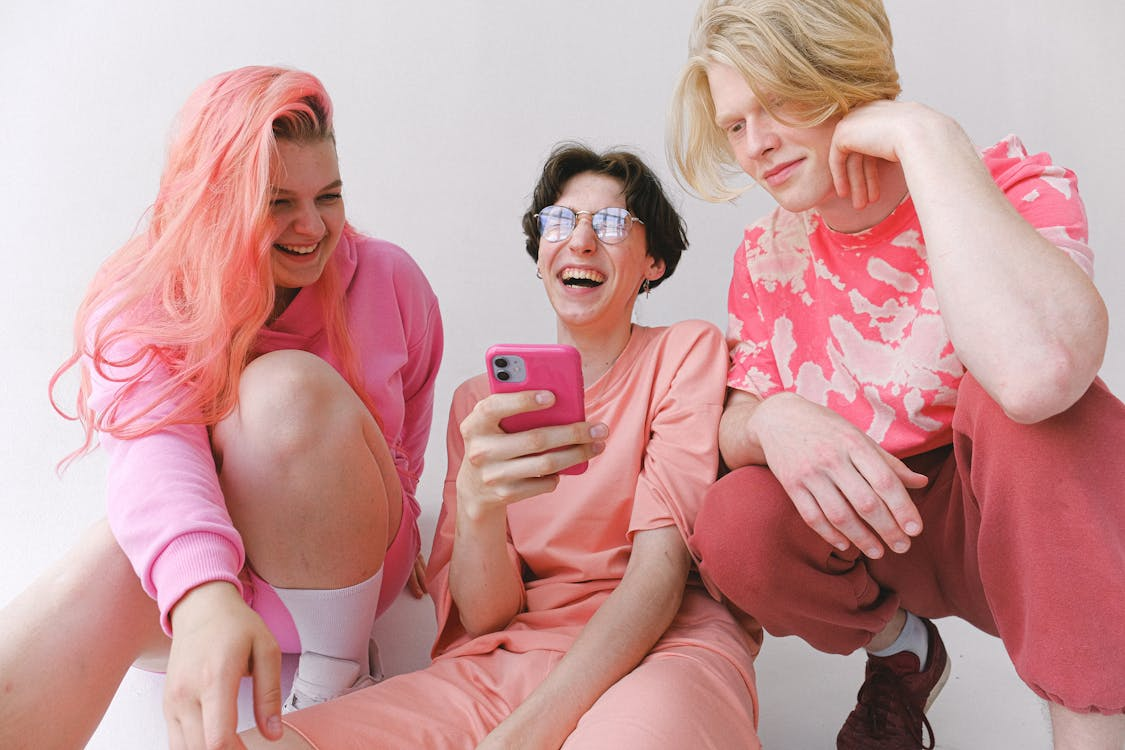According to the NAACP, “whites started lynching because they felt it was necessary to protect white women.” In the late nineteenth century, an allegation of rape routinely proved to be an indictment unequivocally punishable by way of a twisted form of vigilante justice. The newly opened National Memorial for Peace and Justice is the first museum in the U.S. dedicated solely to ensuring that the thousands of black lives lost to postbellum lynching matter today. The memorial represents a testament to America’s internal struggle with a dark and enduring history of racism. Likewise, far too many aspects of American society have been deemed, until recently, too inconvenient to warrant sufficiently productive conversation. An indolent silence has intertwined the hideous complexities of racism and sexual harassment, for example, begging the question of whether the lynching of thousands of black men under allegations of rape set the stage for an America that condemns violence, or further incites racial and gender inequality.
For women of color, and women in general, the #MeToo movement has precipitated the dawning of a new day. They are now exhibiting an unprecedented willingness to come forward and report their personal experiences with sexual harassment, as their friends, family members, and coworkers exhibit an exceptional alacrity to listen. Warranted by the cringe-worthy, chaotic news cycle taking a well-deserved break from the #MeToo movement, now is the time to take a meaningful look at exactly when the conversation about sexual harassment started. It began, in the words of Supreme Court Justice Clarence Thomas, with a “high-tech lynching for uppity blacks.”
Today’s revolutionary epoch would not have been possible if not for the first woman who said “me too,” nearly three decades ago, in one of the most socially consequential events in modern American history. In 1991, law professor Anita Hill testified before the Senate Judiciary Committee with allegations that Judge Clarence Thomas, then-nominee for the Supreme Court, had sexually harassed her. She initialized meaningful discussion about sexual harassment across America, at great personal cost, by exposing Thomas’ inappropriate workplace behavior.
All throughout the Hill-Thomas hearings, racism hung heavily in the minds of the American public, just as the hundreds of columns in Alabama’s lynching museum serve to remind us of today. In 1991, Thomas recognized this discourse, and skillfully used it to his advantage by painting himself as the victim. In reality, it was his disturbing and frightening pornographic conversations with Hill, and their recurring themes of rape and animal sex, that uncovered a nomination process biased towards men of all colors. In the end, Thomas was narrowly confirmed to the Supreme Court.
The outcome of the hearings, however, is not what made them significant. Hill’s testimony served as a vessel for lasting social and political reform. The improvements associated with modern-day harassment cases are a direct result of precedents set by Hill, and the leadership she continues to display. In the wake of the Harvey Weinstein scandal, for example, Hill formed a commission to combat the culture of sexual harassment pervading Hollywood. As the #MeToo movement punctures the American psyche, Hill recognizes her role as a principal advocate for victims like herself. She comprehends the profound impact her story has had, and defends her legacy conscious of every change she has inspired.
As we come to terms with the sheer number of lynches once executed in America, we mustn’t neglect to recognize the sacrifices of those still living. Anita Hill endured relentless national scrutiny and politically-motivated ignominy, at the expense of her reputation as a citizen and lawyer. She was strung along by a Judiciary Committee comprised of all white, male senators, and dangled in front of the American public, as a warning to future silence-breakers that coming forward would signify mutually-assured humiliation. Despite an occurrence of the opposite effect, wherein the amount of sexual harassment claims filed nearly doubled in the year following Hill’s testimony, she is not memorialized in a manner truly reflective of her impact. While an exhibit in the National African American History Museum recognizes her bravery throughout Thomas’ confirmation, she can and should be exemplified for her contributions to the #MeToo movement, especially because she is alive and well. We should all don an “I Believe Anita Hill” pin when the next media mogul or perverted politician is accused of blatant sexual harassment. She is no memory. Anita Hill is a living, breathing monument.
The #MeToo movement not only further legitimizes Anita Hill’s story, but amplifies marginalized voices everywhere. Her bravery then is what retroactively allows leaders like Bryan Stevenson, the founder of the National Memorial for Peace and Justice, to speak inconvenient truth to America’s haunting history and be heard. In this watershed moment, we cannot afford to ignore their wisdom, or to forget the past. America’s future hangs in the balance.




